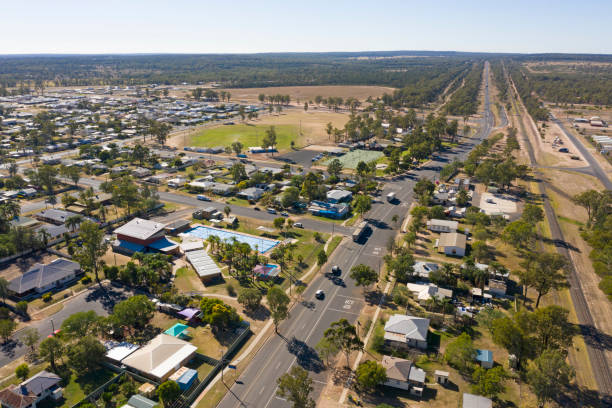The demand for quality childcare services has been on a significant upward trajectory in Queensland. As the population grows and the workforce evolves, families are seeking more than just a place for their children to stay during work hours; they are looking for environments that foster learning, development, and socialisation. This rising demand constitutes a call to action for expanding the childcare infrastructure across Queensland, a task that implicates various stakeholders including state authorities, childcare providers, and construction enterprises, such as Brooks Builders AU, which are proficient in bringing new centres to life.
The Imperative to Expand Childcare Facilities
The urgency for increasing childcare options is driven by several societal changes. Parents are increasingly recognising the benefits of early childhood education and are therefore seeking facilities that offer developmental programs. Additionally, population growth in suburban and regional areas of Queensland means that there is a need to provide local access to childcare to support local economies and communities.
Furthermore, the modernisation of the workforce, characterised by a rising number of dual-income households and single-parent families necessitates accessible childcare solutions for working parents. The confluence of these factors necessitates a thoughtful approach to scaling up childcare infrastructure to meet community needs.
Strategic Planning for Childcare Development
Creating new childcare centres is not merely a matter of constructing buildings. It involves strategic planning to determine where and how infrastructure should be developed. Analysis of demographic and workforce trends is critical to establishing childcare facilities in locations where they are most needed and will be most sustainable.
Childcare infrastructure development also involves considerations of the design and resources of a centre, ensuring that they meet the regulatory standards and provide a safe, stimulating environment for children. This includes outdoor play areas, educational resources, and spaces that can adapt to various learning activities.
Collaboration between Governments and Private Sector
The expansion of childcare centres across Queensland is a collaborative endeavour. It involves partnerships between state and local governments and private sector stakeholders, including construction companies, childcare operators, and investors. Government policy and investment can help stimulate private sector involvement by making projects more financially viable and reducing risk.
These collaborations can also facilitate the process of gaining necessary approvals, adhering to local planning requirements, and ensuring that new centres serve the best interests of the communities they are built in.
Role of Construction Companies in Childcare Expansion
At the heart of developing new childcare facilities are the construction companies that bring architects’ designs and the visions of childcare providers to reality. Companies such as Brooks Builders AU have the capabilities to oversee the entire construction process, from the initial groundwork to the finishing touches that make a centre ready for occupancy.
Builders with experience in the education sector understand the unique needs of childcare centres, and can offer expertise in creating environments that are not only safe and compliant with industry standards but are also conducive to the learning, play, and development of young minds.
Impact on Local Communities
The construction of new childcare facilities can inject vitality into local communities. Besides the obvious benefit of providing care for children, they also create jobs, both during the construction phase and when the centres are operational. These developments can contribute to the local economy and serve as community hubs for families to connect.
Expanded childcare infrastructure can also lead to increased property values and attract more families to the area, leading to further community growth and development. It’s a positive cycle that benefits various facets of a neighbourhood.
Confronting the Challenges
Although the need for more childcare centres is evident, the actual process of expanding childcare infrastructure is not without challenges. Issues such as funding, site acquisition, and navigating zoning laws are real hurdles that have to be addressed. Stakeholders must work together to find creative solutions to these obstacles to ensure the continued growth and affordability of childcare services.
Moreover, the challenge of maintaining a standard of quality across new facilities is paramount. It requires oversight and consistent regulation to ensure that children are receiving the highest possible standard of care and education.
Conclusion
The expansion of childcare infrastructure across Queensland is a necessary progression to meet the environment of changing lifestyles and evolving workforce demands. It involves complex planning and collaboration among various stakeholders, with construction companies like Brooks Builders AU playing a pivotal role in shaping the future of educational spaces for the youngest members of society.
The task ahead is grand, but with concerted efforts, the reality of accessible, high-quality childcare can become increasingly attainable across Queensland’s diverse and growing communities. Fulfilling this need is imperative not only for supporting today’s working parents but for the foundation of the next generation’s education and well-being.
As stakeholders continue to answer this call to action, it is clear that the growth of childcare infrastructure is more than just constructing buildings—it’s about building the foundation of our society’s future. And it is upon this foundation that Queensland aims to build a robust, inclusive, and nurturing environment for its children, ensuring a strong communal fabric for years to come.



